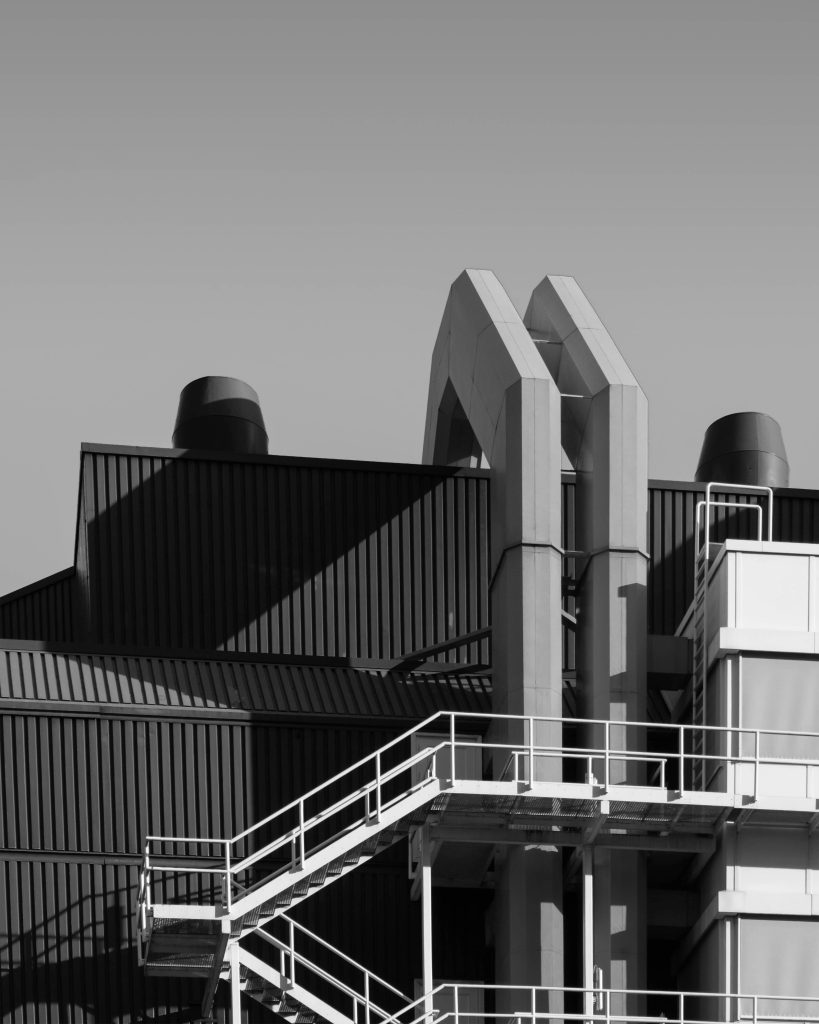Graham + Sibbald were asked by Dignity to inspect a fire damaged service chapel at Haltemprice Crematorium. This was a Grade II Listed Building that originally formed part of a hospital. In October 2020 there was a fire to the rear crematorium resulting in fire damage to the structure and smoke damage in the service chapel.
WHY G+S
If you are looking for a Building Surveying team who can help you maximise the value of your property and minimise your cost and liabilities, then we are the team to come to.
We work with a broad spectrum of clients, including leading names in the public and private sectors. We represent a wide spectrum of retained clients including Local Authorities, Inward Investors, Government Departments, Major Retailers and Industrialists, Licensed Trade Operators and Insurance Loss Adjusters amongst others.
Thanks to our expertise, experience and nationwide network of local offices we are able to deliver a professional, cost-effective service with a real personal touch. We place a high priority on expertise, good communications and building long-term client relationships based on trust.
APPROACH
It was decided at the outset of the project to negotiate the works with one of Dignity's approved contractors. They has already been appointed to make the dangerous structure safe, this was approved by the client and G+S had the availability to assist with the works.
Clearly this was going to be an insurance claim so G+S had to be mindful of the insurance recovery. G+S requested the contractor, where possible, obtained 3 quotations for each of the works packages so we could demonstrate costs had been reviewed competitively. A fix percentage for the main contractors time was added to the cost.
G+S also appointed our in-house Quantity Surveying team to assess work packages the main contractor would be managing with their own labour. This ensured the costs were checked and agreed and would be used as evidence for the loss adjustors approval.
G+S also appointed a historic architect to manage the listed building consent and for coordination with the Conservation Offices. They also appointed a Mechanical and Electrical Engineer for the specialist services to replace the fire damaged cremators, ventilation and lighting systems.
KEY CHALLENGES
This project has a few key challenges that were presented to the team, these were:
- Managing the statutory approvals to a Grade II Listed Building with the challenges presented during COVID-19. There were long delays with planning and listed building consent.
- Managing COVID-19 restrictions that limited the supply of materials and labour on site.
- Increasing cost materials and issues with sourcing materials such as timber for the roof repairs during the project.
- Dignity requested substantial upgrades to the building and this made recovery through the insurance claim difficult. G+S needed to track the cost of any improvements for the loss adjusters claim.
RESULTS
At the end of the project G+S presented a modern crematorium back to Dignity. This kept a lot of the historic features of the original chapel but the building was fitted with new cremators and a catafalque sized for bariatric cremations. The ventilation system was also replaced and allowed the removal of heat from the crematorium.
The project was delayed due to COVID-19 restrictions but the loss of business insurance claim was minimised as the client installed a temporary cremator and a marquee fitted out as a chapel of rest to maintain the local service. The installation and fit out of the temporary chapel was undertaken by the project team.
KEY MESSAGE
This was a difficult contract to manage as there were COVID-19 restrictions in place. For example, replacement timbers were very difficult to source. Working closely with the contractor and historic architect, we managed to source the timber from Sweden. This was shipped over where it was then kiln dried, cut to size, stained and fire protected.
G+S had to ensure accurate records were maintained as evidence for loss adjustors as the works would form part of an insurance claim. The client requested significant improvements during the works as they wanted to present a modern facility. We therefore carried out a cost exercise where every item in the claim was assessed against the cost to replace on a like for like basis versus the cost of improvement.
FEATURED SERVICES

Project Management
We deliver a highly effective Project Management service for a wide variety of both private and public sectors clients, covering residential, commercial and industrial sectors amongst others.

Architectural Services
If you are looking for high-quality Architectural Services that will deliver outstanding designs and buildings that will fully meet your needs, our team is the one to contact.

Drone Thermal Imaging
Drone Thermal Imaging is a cost-effective way to assess the condition and energy efficiency of all building types.
RELATED SPECIALISMS

Retail
As one of the leading property consultancy companies working in the Retail sector we can support you whatever your requirements.

Office
As one of the leading property consultancy companies working in the Commercial Office sector we can support you whatever your requirements.

Industrial
As one of the leading property consultancy companies working in the Industrial property sector we can help you whatever your requirements.

